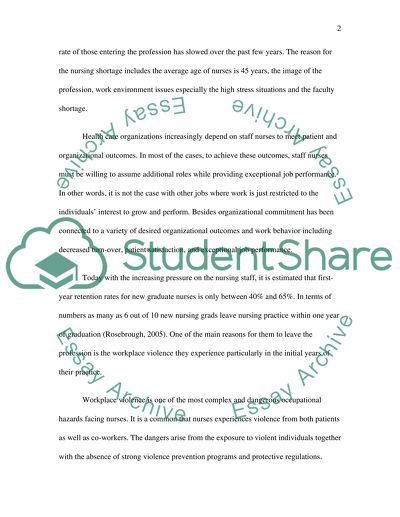Cite this document
(“Violence in the Nursing Workplace Essay Example | Topics and Well Written Essays - 2500 words”, n.d.)
Violence in the Nursing Workplace Essay Example | Topics and Well Written Essays - 2500 words. Retrieved from https://studentshare.org/miscellaneous/1532329-violence-in-the-nursing-workplace
Violence in the Nursing Workplace Essay Example | Topics and Well Written Essays - 2500 words. Retrieved from https://studentshare.org/miscellaneous/1532329-violence-in-the-nursing-workplace
(Violence in the Nursing Workplace Essay Example | Topics and Well Written Essays - 2500 Words)
Violence in the Nursing Workplace Essay Example | Topics and Well Written Essays - 2500 Words. https://studentshare.org/miscellaneous/1532329-violence-in-the-nursing-workplace.
Violence in the Nursing Workplace Essay Example | Topics and Well Written Essays - 2500 Words. https://studentshare.org/miscellaneous/1532329-violence-in-the-nursing-workplace.
“Violence in the Nursing Workplace Essay Example | Topics and Well Written Essays - 2500 Words”, n.d. https://studentshare.org/miscellaneous/1532329-violence-in-the-nursing-workplace.


